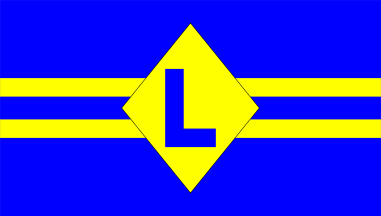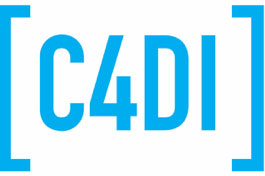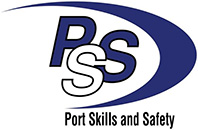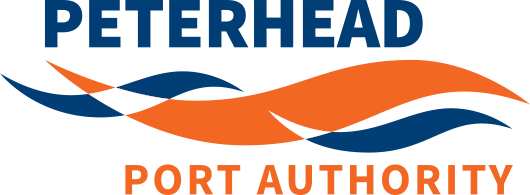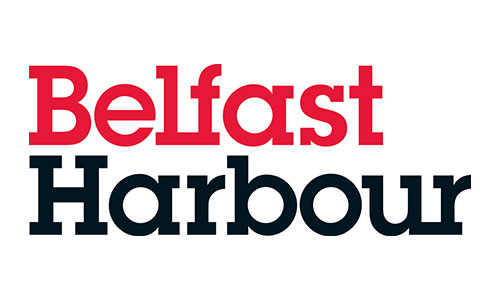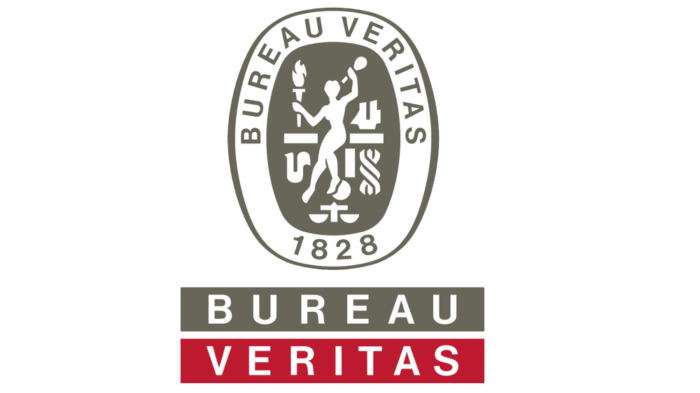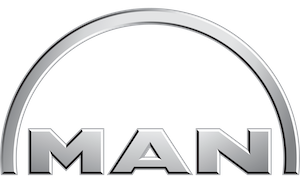Last month the USCG released the report into the events surrounding the grounding of the EVER FORWARD in Chesapeake bay on 13 March 2022. The incident that happened under pilotage has yet again exposed the dangers of 'single-person' shipping incidents in which the bridge team are not functioning effectively and there is no integration of the pilot into the team. Whilst the actions of the maritime pilot in the EVER FORWARD case are extreme it highlights the need for bridge teams to be working at their peak efficiency during pilotage and able to integrate, support, question and ultimately challenge the pilots actions in the event of a developing situation that threatens the safety of life, the vessel and the environment.
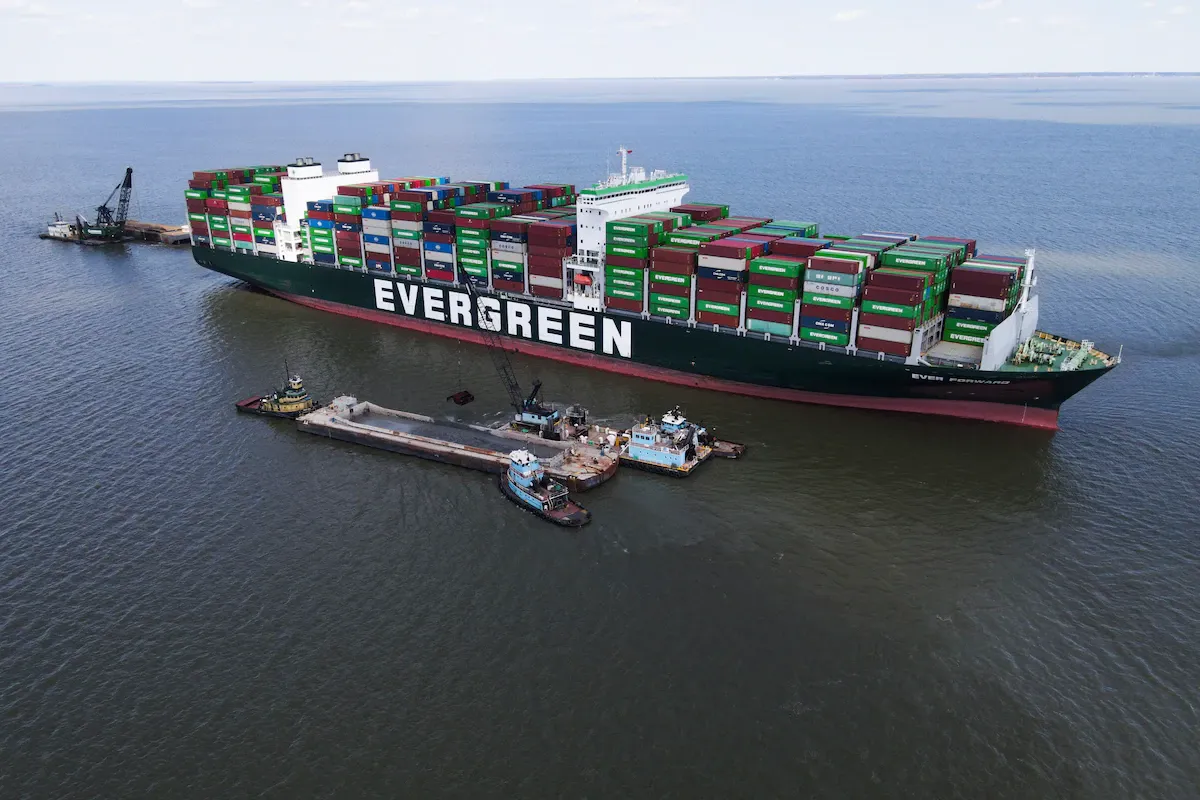
The major failing on the part of the vessel wasn't so much in their lack of a mobile device policy on the bridge but in their reluctance to directly challenge the pilots actions. There are many reasons both organisational and cultural in which individuals may feel incapable of questioning the actions of, what they perceive to be, a more senior team member but ultimately given the correct training and support we can build anyone's assertiveness
Assertiveness is defined as
the ability to express one's feelings, opinions, beliefs, and needs directly, openly and honestly, while not violating the personal rights of others (Ellis & Hartley, 2005)
The ability to be assertive has been identified as an essential element to many safety critical roles such as in healthcare and aviation in which junior members of a team are encouraged to confirm, question and ultimately challenge the actions of their seniors to prevent incidents 'slipping through the net'.
In aviation the concept of assertiveness has become an instrinsic element of Crew Resource Management training. A common thread from accident investigations in the early 1970's, following the mandating of cockpit voice recorders on commercial aircraft, was the lack of input from first officers prior to major aviation disasters. The thing that stood out to investigators wasn't what the CVR was picking up but rather what it wasn't picking up, namely any form of challenge from the first officer when it would have been obvious that the captain's actions were threatening the safety of the aircraft.
This 'dead air' spoke volumes about the culture within aviation at the time. Airline Captain's were the almighty skygods who skillfully piloted their aircraft with supreme power whereas the first officer was seen very much as the supporting actor, there to tick off the checklists and 'mind the shop' while the skygod entertained the passengers. Following a series of high profile incidents in which a lack of first officer involvement was deemed a contributory cause the industry began to pivot to recognise the importance of the first officer role and the greater effectiveness that could be made of them in preventing accidents from occurring.
At the time junior officers used to refer to the 'Co-pilots Catch 22'
You are damned if you ignore a Captain's mistakes!
You are damned if you do or say something about them!
The development of CRM training through the 1970's and 80's slowly introduced the concept of a 'challenge and response' culture in which either pilot would be actively encouraged to voice their concerns and seek an explanation or request a different course of action whenever they became concerned about the actions of the PF (pilot flying). A major obsticle, apart from trying to combat 4 decades of tradition, was in developing a system in which a junior first officer could approach such a conversation without fear of rebutal.
To combat this the industry developed the 'PACE' system designed to assist subordinate crew members in resolving the basic question of the junior airman: "To Intervene or Not to Intervene?."
Probing for a better understanding;
Alerting Captain of the anomalies;
Challenging suitability of present strategy;
Emergency Warning of critical and immediate dangers.
This simple mnemonic has revolutionised how subirdinates were able to approach the issue of potentially dangerous activity of a senior. It works by way of a ladder in which an individual can escalate the issue depending on the seriousness of the issue, the time in which it needs to be resolved and the level of corrective action needed.
Subordinate flight crew members will use the "P.A.C.E." hierarchy of inquiry and intervention strategies to successfully cope with the extremely rare but potentially lethal performance break down of the Captain. First Officers trained and rehearsed in the intervention progression will initiate "P.A.C.E." whenever there is an indication of upper level performance breakdown in airline cockpits.
Such a system of progressive intervention would have been ideal in preventing the EVER FORWARD grounding. Lets consider some of the questions that could have been raised between the Second Officer and the pilot prior to the incident using our PACE model
PROBING: "Mr Pilot according to my ECDIS we appear to be approaching the turn in the channel what course will we be coming on to?"
ALERTING: "Mr Pilot we appear to be approaching the wheel over position for our turn onto the 181 degree leg"
CHALLENGING: "Mr Pilot you need to alter course now in oder for us to follow our agreed passage plan"
EMERGENCY "Mr Pilot you have missed the wheel over position! Come to starboard NOW!"
The reality is we would probably have not have got past the alerting stage before the pilot stopped his 'other activities' and once again focussed on the task in hand.
In order for this system to work however it is essential bridge officers are thoroughly trained AND practiced in such techniques. The most effective method of acheiving this, as in the airline indusrty, is via immersive role playing simulations. Here at Fathom Safety we have developed such a course specifically designed to skill and empower bridge officers of any rank to effectively perform PACE protocols.




